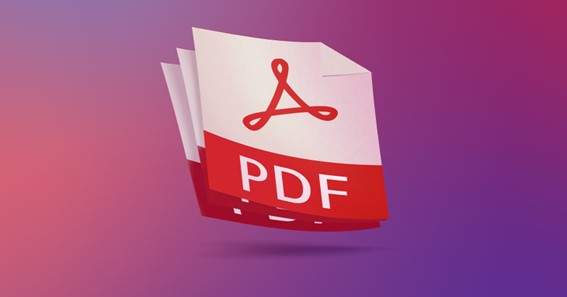Common Challenges and PitfallsPDF Conversion: Overcoming
PDF conversion is becoming increasingly important in today’s digital-first world. As businesses shift away from paper-based or manual processes to digital ones, PDF conversion is a necessity, allowing users to access and share documents in a digital format. However, many users face common challenges when converting PDFs. From managing digital content to creating format-agnostic documents, PDF conversion can be daunting. In this blog post, we’ll explore some of the most common pitfalls of PDF conversion, as well as some strategies for overcoming them. We’ll also discuss the advantages of using a PDF conversion service and how these services can help organizations streamline their processes and become more efficient. Converting PDFs to Word documents has never been easier with our online PDF to Word converter. Simply upload your PDF and within minutes, you’ll have a fully editable Word document at your fingertips. By the end of this blog post, readers will have a better understanding of how to successfully execute a PDF conversion project and take advantage of the opportunities it offers.
- Ensuring accuracy when converting documents
Ensuring accuracy when converting documents is one of the most important elements of successful PDF conversion. To ensure the highest level of accuracy, it’s important to select the right software for your needs. Some software, such as Adobe Acrobat, can accurately convert text, images, and other graphics from one format to another; however, the accuracy of a conversion can also depend on the quality of the source document. If the source document is of poor quality, or contains elements that cannot be accurately converted, it may be necessary to manually correct errors prior to conversion. Additionally, it’s important to review the converted document to make sure all elements have been correctly converted.
- Managing large files
Managing large files can be a challenge, particularly when it comes to converting them to PDFs. Large files can take a long time to upload, and may even fail to convert due to their size. Fortunately, there are some tools available that can help make the process more efficient. Compression and optimization software can help reduce the file size, while batch processing tools can help you convert multiple files at once. Additionally, cloud-based file sharing services can make it easier to send large files to other people.
- Preserving formatting
The third and final challenge of PDF conversion is preserving formatting. When converting from a Word document or other text-based format to PDF, the design of the document can be lost in the conversion process. To ensure your document’s formatting stays intact, you must take the time to adjust the settings for the PDF conversion. This involves setting the DPI (dots per inch) of the document and the output size to ensure that the document remains as clear and formatted as it was before the conversion process. Additionally, you should consider using specialized software or services to help you with the conversion process. That way, you can be sure that the document’s formatting remains intact.
- Optimizing for accessibility
One of the most important parts of PDF conversion is optimizing for accessibility. This means making sure that people with disabilities can access the file with ease. This can be done by making sure that the file is properly tagged and structured and by including alt-text descriptions of images or videos. Additionally, it’s important to remember to check the reading order of the document to ensure it follows the logical order of the content. Making sure the document is properly optimized for accessibility can go a long way in providing an inclusive experience for users with disabilities.
- Streamlining the conversion process
One of the most common challenges associated with PDF conversion is streamlining the process. The ability to quickly and accurately convert a PDF into an editable format is essential for streamlining the conversion process. This can be achieved by using automated or semi-automated tools that allow for the conversion of PDFs at high speeds. Additionally, utilizing advanced technology such as optical character recognition (OCR) can help to further streamline the conversion process, as it enables the extraction of text from scanned documents. Utilizing these tools and techniques can help to significantly reduce the amount of manual labor and time needed to convert PDFs into editable formats.
In conclusion, converting from PDF to another digital format is an important step in creating a user-friendly experience for your customers. Although there are some common challenges and pitfalls to consider, by understanding the conversion process and using the right tools and techniques you can ensure a successful PDF conversion. With the right approach, you can create accessible, high-quality digital assets that are easy to navigate and read.
